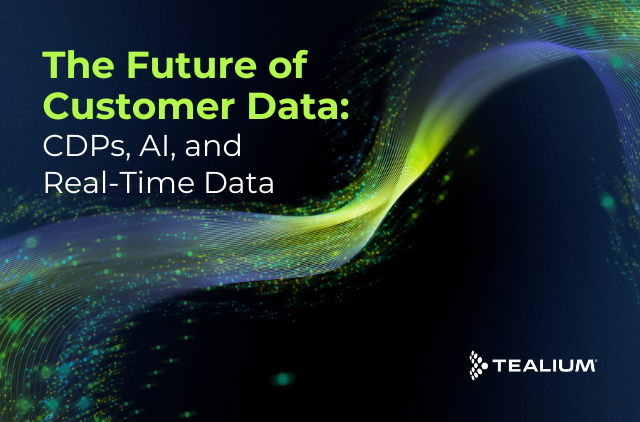In part two of our data series breaking down the different types of first party data you need to incorporate into your data foundation we will cover descriptive data. Descriptive data goes a little bit deeper than identity data and refers to any data that describes or summarizes the characteristics and behavior of a particular group of customers. This type of data is used to gain insights into the preferences, habits, and needs of a company’s customer base, and can help inform marketing and business strategies.
What is Descriptive Data?
Descriptive data can take many forms, including demographic information such as age, gender, income level, and education level, as well as information such as purchase history, product preferences, and engagement with marketing campaigns. If your organization establishes a solid way to collect and organize descriptive data, you can also incorporate even more specific information about a customer, including the type of house they live in, the type of car they drive, their relationship status, where they’ve worked in the past, their income, their hobbies, and more.
So, if identity data tells you that you have a customer named Kristina Stevens who lives in Florida with a specific login ID, descriptive data tells you she’s thirty-five years old, married with two children, has a Master of Business Administration, and works in finance.
Descriptive data can also be used to identify trends and patterns in customer behavior, such as changes in purchase frequency or shifts in product preferences over time. This information can be used to develop targeted marketing campaigns and improve customer experiences.
For example, a retail company might use descriptive data to understand the buying habits of different customer segments, such as young adults or seniors. This might include analyzing data on which products are most popular among these groups, how often they make purchases, and what factors influence their purchasing decisions.
Overall, this kind of customer data plays a crucial role in understanding and meeting the needs of your customer base, and can help drive business success and growth.
How Can Your Company Use Descriptive Data?
Your company can use descriptive data in a number of ways to gain insights into your target audiences and make better-informed decisions on products, campaigns, and company operations.
Understand customer behavior: Companies can use descriptive data to gain insights into customer behavior, such as purchasing habits, preferences, and demographics. This information can be used to develop more targeted marketing campaigns, tailor product offerings, and improve customer experiences.
Evaluate performance: Companies can use descriptive data to track key performance indicators (KPIs) such as sales, revenue, and customer satisfaction. This information can be used to identify areas where performance is lagging and take corrective action.
Identify trends: Companies can use descriptive data to identify trends in customer behavior, market conditions, and other factors that may impact their business. This can help them to anticipate changes and adjust their strategy accordingly.
Benchmarking: Companies can use descriptive data to compare their performance against industry benchmarks or competitors. This can help them to identify areas where they are lagging behind and develop strategies to catch up.
How Does a CDP Help Collect and Organize Descriptive Data into the Data Foundation?
The impact of data deprecation on companies’ ability to target customers has prompted significant changes in how data foundations are established. As a result, the role of the Customer Data Platform in customer acquisition has become increasingly vital.
By utilizing a CDP to support a robust first party data strategy, you can gather data from various sources, including web analytics, customer service interactions, point of sale systems, and more, to create a comprehensive view of your customers and their behavior. A CDP then combines, cleans, and standardizes this data to ensure consistency and accuracy, providing that solid data foundation off which to activate the data across all customer facing channels. Optimizing your data foundation is especially critical during times of economic strain since it leads to more efficient spending allocation.
For more information on Tealium’s vendor-agnostic approach to data management, and how we can unlock value for brands looking to take full advantage of their customer data across a variety of tools in the tech stack, schedule a free demo today.







